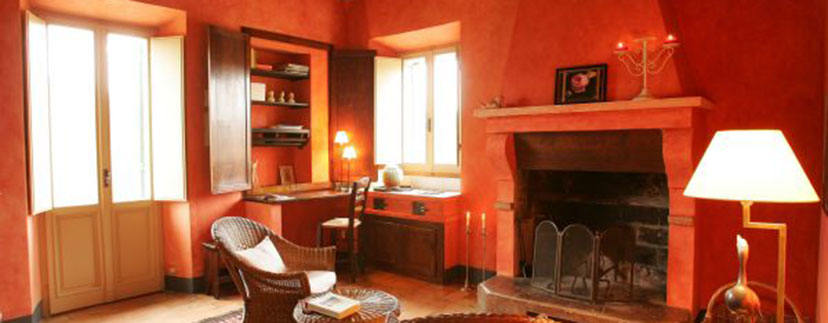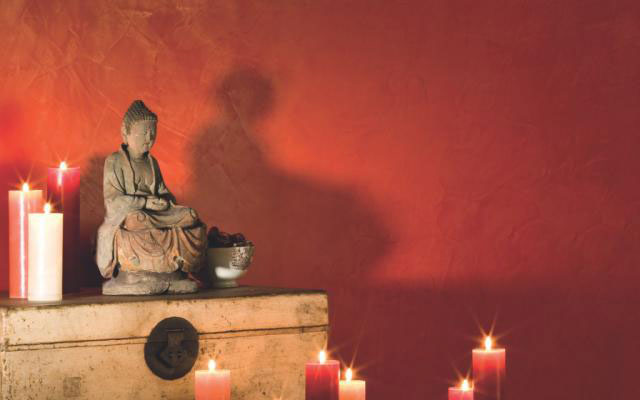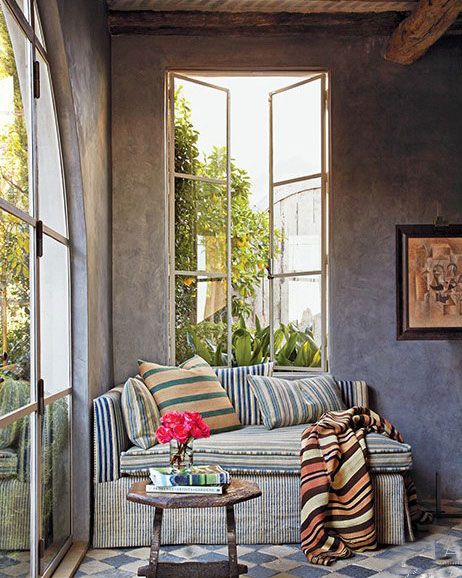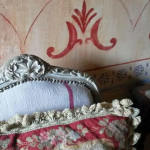
Civil plaster is the outward layer. It is applied to protect the wall but also to give a refined and pleasant touch to the surface. The sand that is used for the civil plaster is very thin and the width of the layer is not more than 3 mm. Traditionally this outward layer is melted with a warm color, especially in rural houses, so that it is not necessary to paint the walls.

The polished plaster: Venetian plaster
In Italy it is one of the most common and appreciated decorative plaster. We are talking about the Venetian plaster.
The polished and colored surface is a tradition since ancient Roman times, pozzolan dust is used, that is a sand of volcanic origin and it is responsible for making the surface polished and smooth, but you can also use marble dust or colored pigments of quartz mixed with lime. History tells that this technique was improved during the Seventeenth and Eighteenth centuries in Venice, that is the reason why it is called “Venetian”, also called Roman plaster.
The more layers of Venetian plaster are applied, the more polished and extremely refined is the wall. Obviously it i salso more expensive because of the labor it needs.
Abandoned rural houses have stunning colors, that only time is able to create. They are mainly pastel colors softened in their hues by the use of the fireplace in the kitchen, or maybe by atmospheric agents.
Color of today’s rural houses, i.e. Casa Colonica, if they are not in stones or bricks, is the result of a mixture of lime and pigments, so that it is more resistant to humidity that comes from the land and also the wall can breathe more easily. A particular mixture is used in Northern areas, in bathrooms, or in ceilings under the roof.
It is quite clear that if there are many pigments, it also takes more labor, the expense will be also higher. In bases it is usually used a baseboard, just like a colored wainscot in several sizes, so to keep the highest resistance of the color, in the area in contact with brooms and brushes, dogs and kids. Baseboards come in different sizes: between 15 to 30 cm and its color can be in contrast to the color of the wall, so that it gets a stylish look to the architecture of the house.



